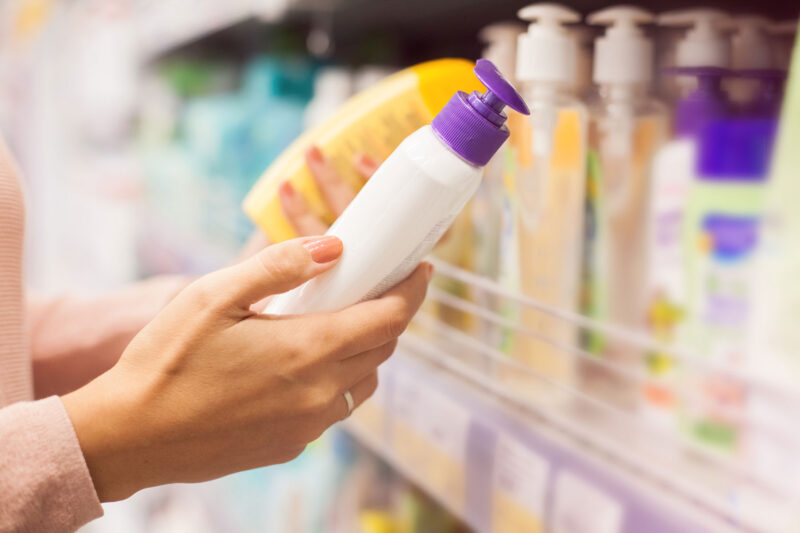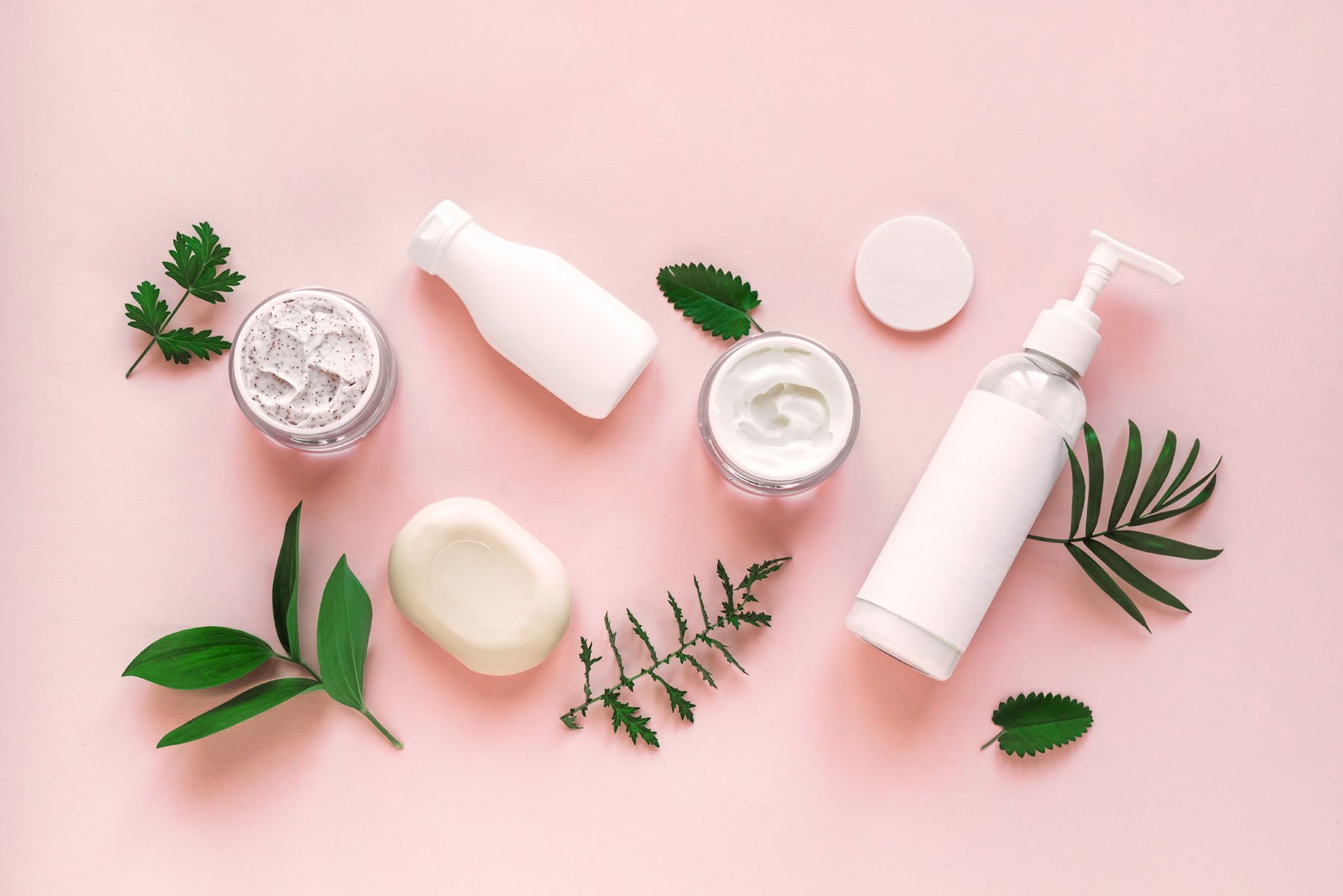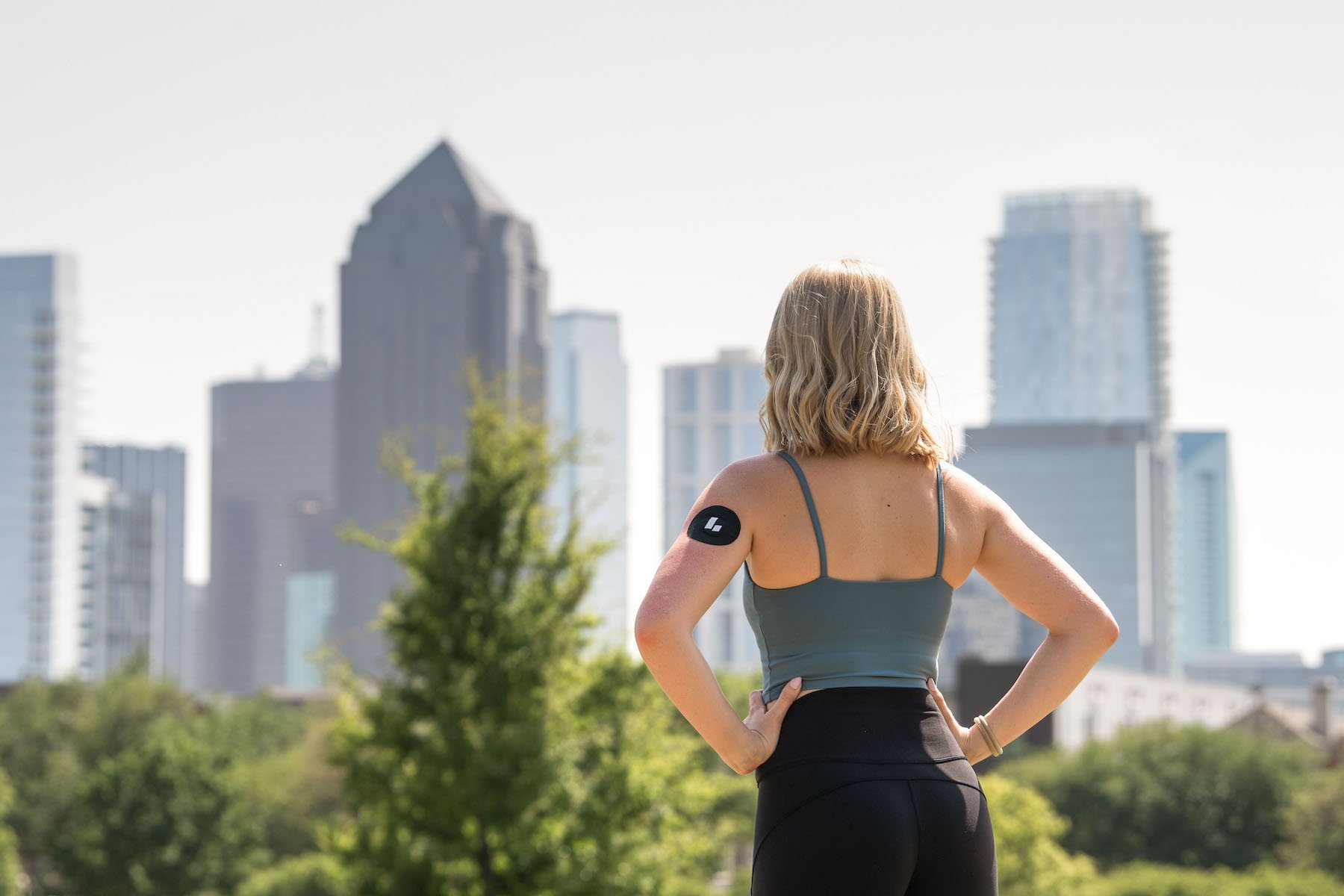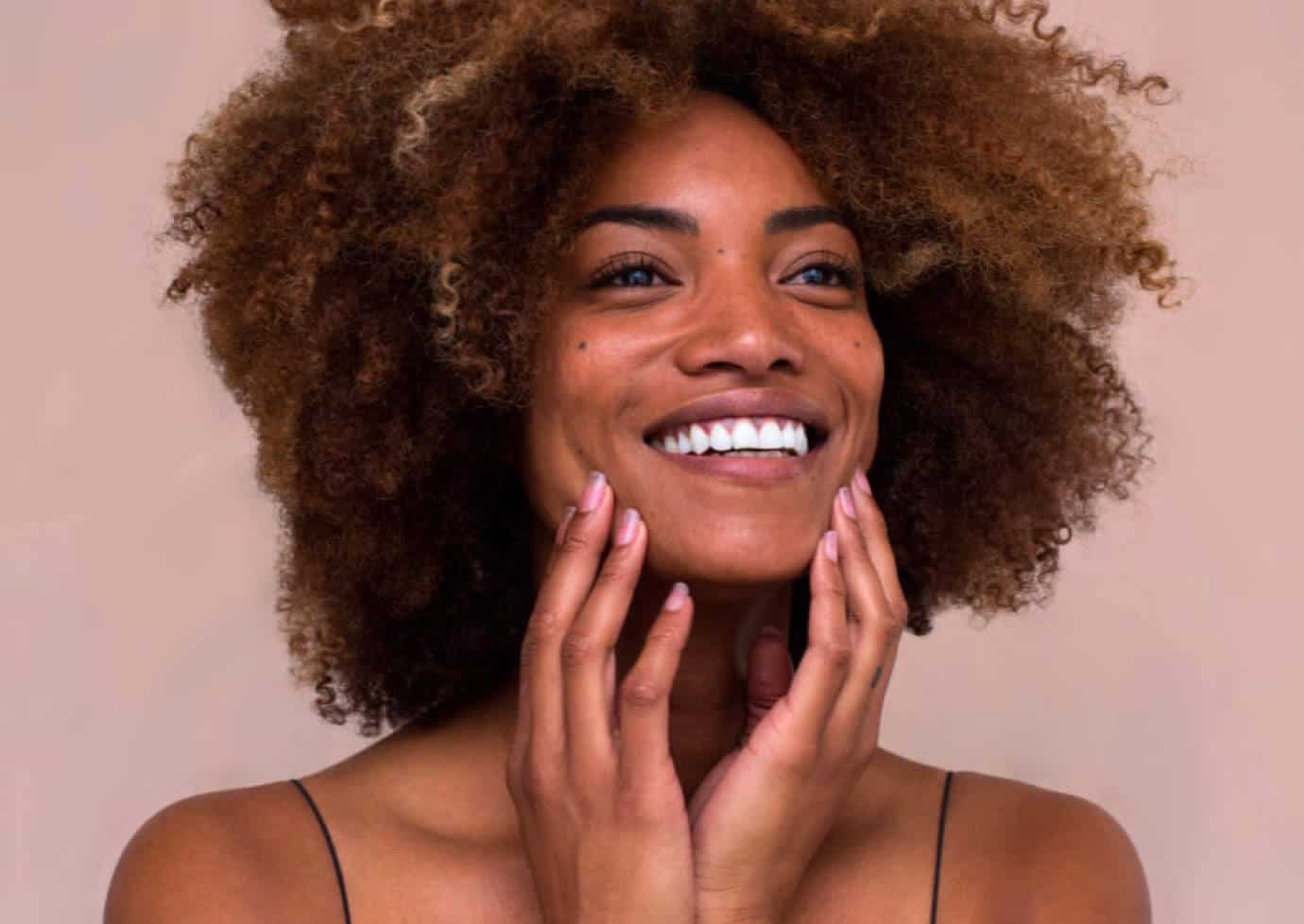The products you apply to your skin—lotion, soap, makeup—interact with your body in different ways, depending on the ingredient, concentration, and how often you use it. After applying a leave-on product (like a skin cream), some remains on the surface of your skin, where it evaporates or is rubbed off, while some is absorbed into the deeper layers of skin or even metabolized into your bloodstream. In addition, ingredients can get into your body by inhaling them, such as an aerosolized product, or they can cause irritation when they come into contact with your skin.
Because of these concerns, “clean beauty” has exploded in recent years. The global market for “clean beauty” is worth more than $7 billion in 2022, according to a new report, a number that’s expected to double by 2028. Though there is no standardized, official definition of clean beauty, The Good Face Project, a company that has developed a safety rating and maintains a database of thousands of personal care products, defines clean beauty as products that are made with nontoxic ingredients and are transparent about their ingredients and accurate in their label claims. Clean beauty products do not have to be all-natural and organic, and they can be made with preservatives and man-made ingredients–as long as they’re safe.
While many ingredients that are flagged as potentially toxic are considered safe by the FDA, research suggests that some of these chemicals may disrupt hormonal or metabolic health. What’s more, people typically use several personal care products every day, which not only increases your exposure to a range of potentially harmful substances but causes cumulative exposure when layering multiple products. In one study on a diverse group of women in California, the median number of products used daily was eight, with some people using as many as 30.
Knowing the ingredients in your products—and being able to spot some of the top offenders— is key. Here are some of the most controversial ingredients that may be lurking in your beauty products, and what you need to know about each. In each ingredient, we’re also including the rating of concern from the Environmental Working Group (EWG). Scores range from 1 (best; or no concern) to 10 (worst or high concern). Ingredients that have a 1 or 2 score are best up to 10 as the worst.
Related story:
Seven Chemicals to Avoid in Beauty Products
Phthalates
EWG rating: 3 (diethyl phthalate)
Look out for: fragrance or parfum
Phthalates are chemicals that are solvents (something that helps dissolve another
substance) and stabilizers; per the FDA. Twenty-one years ago, the Cosmetic Ingredient Review Expert Panel declared phthalates safe for use in cosmetics. (CIR is an independent agency made up of a 7-member steering committee that includes a dermatologist, toxicologist, among other professionals.) That said, just one phthalate, diethyl phthalate (DEP), is used today and it appears in limited ways, according to Cosmetics Info. Most often, DEP is found in fragrance mix, though DEP may not appear in the ingredients list; only the words ‘fragrance’ or ‘parfum.’ Past research found that phthalates were most often found in perfume.
Studies suggest that phthalates may be endocrine disrupting chemicals (or substances that interfere with the hormone system) that “have a significant role in the occurrence of obesity and Type 2 diabetes.” Another term for these chemicals is “obesogens,” substances that may promote fat accumulation. That said, the research has been inconsistent, according to the authors of the study above, and more data is needed. The EWG’s “3” rating means the ingredient is of fair concern. That sounds low enough, though EWG verified products cannot contain the ingredient. In addition, the EWG rates the word “fragrance” as an 8, meaning high concern. If you want to avoid phthalates, choose fragrance-free products.
Parabens
EWG rating: 9 (butylparaben, propylparaben) – 10 (isobutylparaben, isopropylparaben)
Look out for: butylparaben, propylparaben, isobutylparaben, isopropylparaben
Present in makeup, moisturizers, and hair products, parabens are added as preservatives, and the FDA says they’re safe as currently used. However, the Campaign for Safe Cosmetics notes that parabens can penetrate skin, and because they’re used in so many products, it’s likely that we’re giving our bodies a continuous dose of parabens.
Problem is, these are also endocrine-disrupting chemicals. The effect, unfortunately, starts early: Other research suggests that females who reported using paraben-containing products, specifically butylparaben, during pregnancy may be more likely to have children who are overweight, possibly because exposure is linked to increased food intake. When it comes to research on adults, the results are mixed, and one literature review suggests that better studies are needed. Having a higher level of parabens in urine is most associated with leave-on products, as well as products that cover a wider surface area of skin (such as a body moisturizer). For example, in research that looked at urine levels of parabens in over 2,500 people, a 10-fold increase in paraben concentrations was associated with a 40% higher likelihood of metabolic syndrome in adult men. (The associations were the opposite when it came to women, however.) Parabens may mimic estrogen, impacting androgens, like testosterone, which can affect body fat, blood lipids, blood pressure, and blood glucose.
PFAS
EWG rating: 10
Look out for: polytetrafluorethylene (PTFE), perfluorooctyl triethoxysilane, perfluorononyl dimethicone, perfluorodecalin, and perfluorohexane.
Per- and polyfluoroalkyl substances are a group of chemicals that you can find in lotions, cleansers, cosmetics, and nail polish, as they provide a silky texture to products or add shine. PFAS are also known endocrine disrupting chemicals, though additional research is needed. According to the FDA, there is limited research on if these chemicals are absorbed into the skin in amounts that could be harmful; because of this, the agency says that they can’t make conclusions about the health risks of these ingredients. However, in 2019, a congressional briefing from the Endocrine Society and the National Institute of Environmental Health Sciences outlined the potential harm to thyroid function, childhood development, obesity, and osteoporosis. In one review on 22 studies on obesity and 32 studies on diabetes, two-thirds found that PFAS were associated with metabolic disease. These chemicals may also be linked to non-alcoholic fatty liver disease, the study found.
Triclosan
EWG rating: 7-8
You can find this ingredient added as a preservative to prevent bacterial growth. Some time ago, it also used to be a popular active ingredient in antibacterial hand soap and body washes, but the FDA ruled that these products (which applies to those used at home, not in healthcare settings) could no longer contain triclosan, since they were found to be no more effective than plain soap and water. In addition, data linked them to bacterial resistance and found they impacted hormones. Still, you can find triclosan in a variety of products (such as some facial cleanser, cosmetics, dry shampoo, per the EWG) for its antimicrobial properties, as well as some toothpaste. The chemical can be easily absorbed via skin or orally, and it’s been detected in urine, blood, and breastmilk.
Though one study refers to the evidence on the effects of triclosan in humans “limited and conflicting,” that research does note that, triclosan is considered an endocrine-disrupting chemical, which can increase the risk for obesity and has been found to induce gut inflammation in animal studies. Having a detectable level of triclosan in urine is associated with a one-point increase in BMI compared to having too-low to detect levels, possibly because triclosan may disrupt hormone metabolism and has estrogenic properties.
Oxybenzone
EWG rating: 4
Oxybenzone is a chemical sunscreen ingredient (it works by absorbing and neutralizing UV radiation from the sun). Turns out, your body also absorbs this ingredient. Research has shown that certain active ingredients in some sunscreens, including oxybenzone, are found in the blood of healthy folks after a single application, and this amount exceeded safe, established levels from the FDA. Researchers don’t yet know how significant that is, but it’s something the FDA is studying.
Still, there are concerns that oxybenzone might act as an endocrine disruptor, and may decrease sex hormones in men. The ingredient is also known to harm aquatic wildlife. The EWG recommends avoiding sunscreens with oxybenzone.
In contrast, mineral sunscreen ingredients, such as zinc oxide and titanium dioxide, physically block UV rays and are not absorbed in the body. The FDA recognizes only those two ingredients as safe and effective when used in sunscreen. There isn’t enough safety data on the chemical active ingredients, such as oxybenzone, says the agency.
Toluene
EWG rating: 10
Toulene is an oil-derived chemical used in nail polish and hair dyes, as well as air fresheners. You’re also exposed to toluene through air pollution from car exhaust. Most commonly, toluene exposure can affect the nervous system, causing headaches, dizziness, and nausea. It’s rated a “10” (for “worst”) ingredients in EWG’s Skin Deep database with strong data for developmental health concerns, as well as triggering allergies and irritation. Though metabolic health isn’t the prime concern, there is some research to suggest that higher levels of urinary toluene metabolites have been found to be associated with less healthy lipid levels compared to those with lower levels of these markers. People who are most at risk are nail techs and pregnant people and children. Many brands advertise themselves as nontoxic, but they may not be. Why? One study found that nail polishes labeled “3-Free,” “5-Free” or “13-Free” (and any other iteration within) often substitute known toxic ingredients with other endocrine-disrupting chemicals.
Formaldehyde
EWG rating: 10
Formaldehyde and the preservatives released from formaldehyde can be found in nail and
eyelash glue, nail polish, baby shampoo, body wash, cosmetics, and hair-smoothing products. It’s a known carcinogen. (Formaldehyde on the label is one thing, but watching for formaldehyde releasers is a whole other game. Examples include glyoxal, sodium hydroxymethylglycinate, quaternium-15, and diazolidinyl urea.) Using chemical hair straightening products, which are often full of toxic ingredients like formaldehyde, increases the risk of uterine cancer in women and may particularly affect Black women who use these products more often compared to other racial groups. When used on the scalp, these products may cause burns or irritation that allow more of the chemical to penetrate skin.
Tips for Finding Clean Beauty Products
There are currently no regulations governing the use of the term “clean” or “non-toxic.” (Or any other variation.) Therefore, any company can claim to be “clean,” making navigating these waters tricky. In addition, according to the FDA, the agency does not require cosmetic products (which includes makeup, deodorants, and hair and skin products) and their ingredients to be FDA-approved before they are sold. (Only drugs or medical devices, which carry specific claims of treating or preventing a disease, need to be FDA-cleared or -approved.)
That said, the FDA does have some say in cosmetic products. Regulations mean that it’s illegal to market cosmetics that are adulterated (e.g., contains poison or decomposed substances or is produced in an unsanitary facility) or misbranded (e.g., the label is false or misleading). It’s the companies themselves that are required to ensure their products are safe. What’s more, a company does not necessarily have to test their products on their own. They can use past toxicology reports about ingredients and formulations to say their products are safe.
Unfortunately, a lot of the onus is on you, and you have to decide what you’re comfortable putting on your body. One of the ways that the team at Levels approaches personal care products is to cross-reference apps that analyze the ingredients in products and provide ratings. Sometimes these apps may show conflicting advice, so it’s also important to have an understanding of some individual ingredients and determine what you do or don’t want in your products based on your own criteria, such as your values or health concerns. A few apps the team relies on includes Yuka, Think Dirty, and the EWG’s Healthy Living App.
Interested in how CGM can help you improve your metabolic health?
Levels, the health tech company behind this blog, helps people improve their metabolic health by showing how food and lifestyle impact your blood sugar, using continuous glucose monitoring (CGM), along with an app that offers personalized guidance and helps you build healthy habits. Click here to learn more about Levels.









